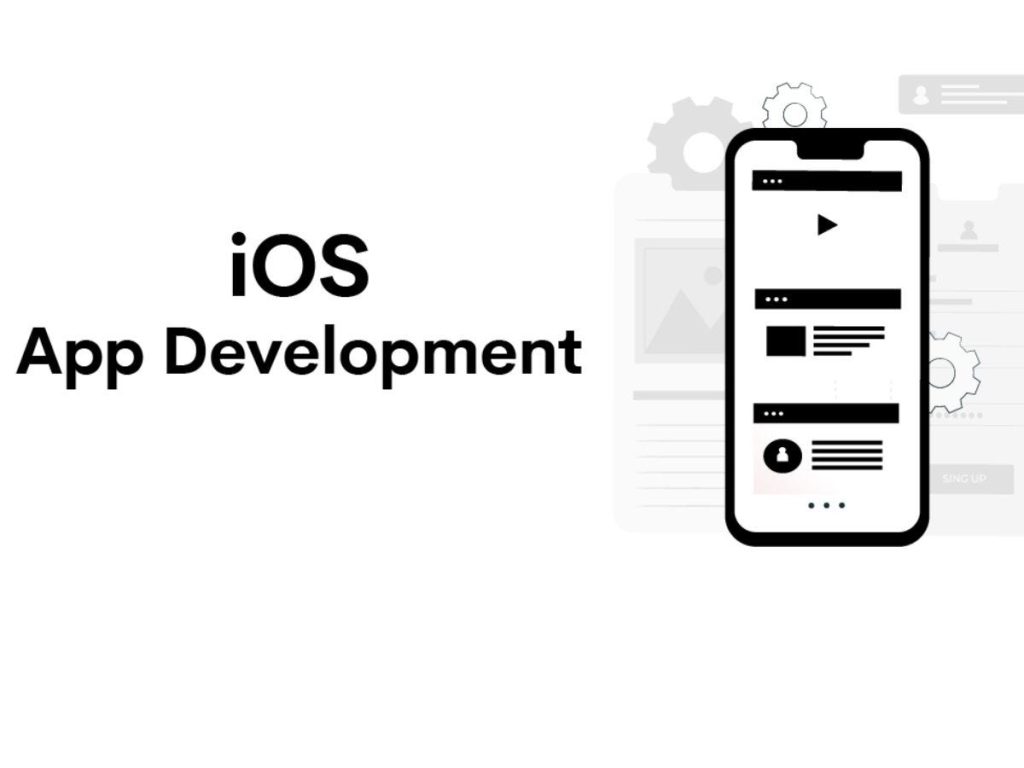As of my last update in September 2023, the iOS app development landscape was evolving rapidly, driven by technological advancements and changing user preferences. While there might be newer trends and technologies beyond that point, here are some notable trends and technologies that were shaping iOS app development at the time:
SwiftUI Adoption: Developers are increasingly turning to SwiftUI, Apple’s declarative UI framework, due to its user-friendly nature and advanced capabilities for constructing visually engaging and interactive user interfaces. With SwiftUI, developers can accomplish more with less code.
Combine Framework for Reactive Programming: In iOS 13, developers were given access to Combine, a tool that facilitates reactive programming methods for managing asynchronous events. This tool allows for a consistent working process with asynchronous data streams, leading to more streamlined and manageable code.
Augmented Reality (AR) Integration: Developers could create immersive augmented reality experiences in iOS apps with Apple’s AR framework, ARKit. AR apps have become increasingly popular in various industries, such as gaming, retail, education, and entertainment.
Machine Learning with Core ML: Core ML empowered developers to integrate machine learning models into their iOS apps easily. This allowed for advanced features like image recognition, natural language processing, and predictive analysis.
Privacy and App Tracking Transparency (ATT): Since the release of iOS 14.5, Apple has implemented more stringent privacy measures, such as the ATT framework. This means apps must obtain user consent before tracking data across different apps and websites.
Widgets and App Clips: iOS 14 introduced widgets on the home screen, giving users quick access to app information. Additionally, App Clips allowed users to experience parts of an app without installing the entire application, enhancing convenience.
Swift Package Manager (SPM): Many developers have come to rely on the Swift Package Manager as a tool for managing dependencies and distributing Swift code. Its widespread adoption has helped streamline the development process and promote code reuse.
Swift Concurrency: Swift has recently introduced native concurrency support to enhance app performance and responsiveness. This feature simplifies the development of concurrent programs, making it more efficient and convenient.
Privacy-Focused App Development: Developers are now putting user privacy first by implementing the best practices for collecting, storing, and handling data. It has become crucial to prioritize privacy-focused designs and ensure transparent data usage.
Dark Mode Support: With the introduction of iOS 13, Dark Mode became available across the entire system. As a result, app developers started updating their applications to offer users a more immersive experience, increased battery life, and less eye strain.
Enhancements in AR and Face Tracking: The advancements in ARKit, specifically with TrueDepth camera face tracking, have enabled developers to craft more intricate AR experiences, especially in entertainment and social media apps. This is an exciting development!
Cross-Platform Development: Many developers are considering the potential benefits of utilizing cross-platform development solutions such as Flutter or React Native to streamline app development for both iOS and Android platforms in the future.
With the continuous evolution of technology, the world of iOS app development is expected to experience more exciting advancements and trends. As a developer, it’s crucial to stay informed and up-to-date with the latest Apple announcements, attend WWDC sessions, and keep tabs on industry publications to stay ahead of the game in iOS app development.

